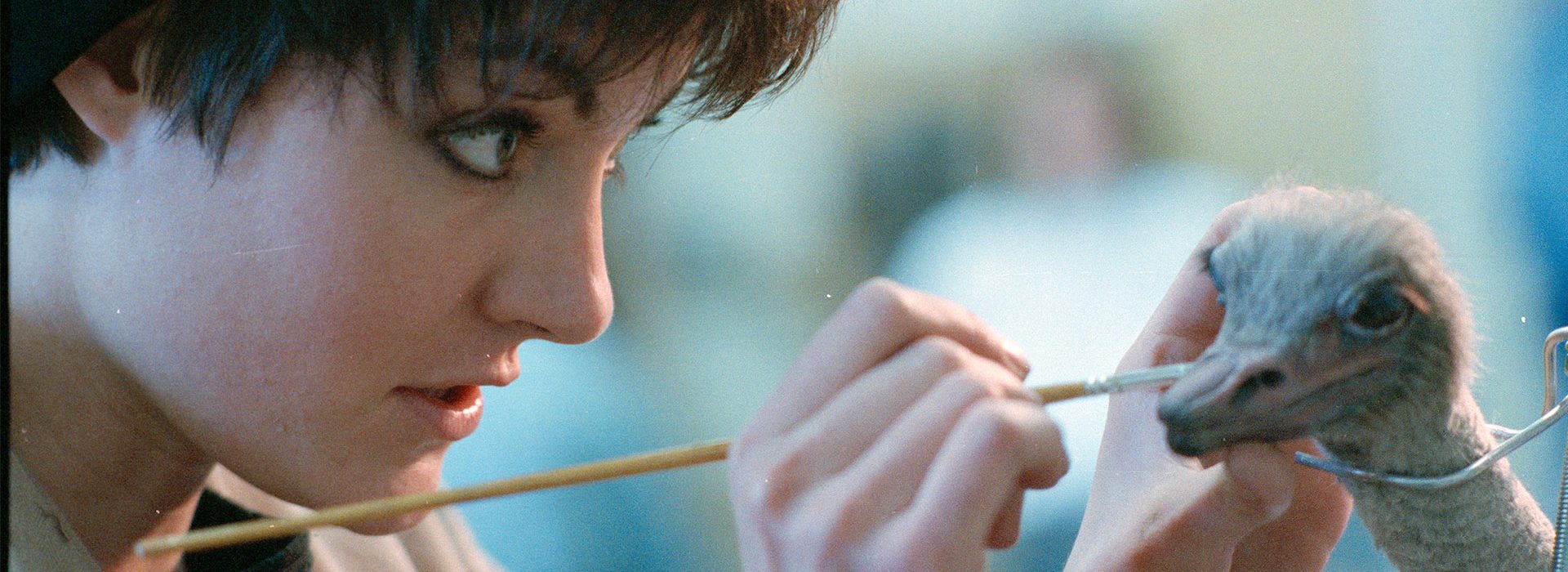Everyone at Industrial Light & Magic (ILM), has been honored to call Jean Bolte a colleague, and after 35 years she’s now leaving to pursue her own work as an artist.
Jean first arrived here in 1987 when she joined the hallowed Model Shop at ILM’s former Kerner facility in San Rafael, California. With prior experience working on puppets, models, costumes, and make-up, she was soon contributing to the fantasy adventure Willow (1988). Jean helped construct the animal puppets used in the fabled transformation sequence, where ILM employed one of its first groundbreaking computer graphics techniques, the “morph.”
After advancing to the role of project supervisor in the Model Shop, Jean was among the traditional artists to make the transition to computer graphics work in the 1990s. She became one of the principal users of ILM’s in-house digital painting software, “Viewpaint,” and ever since Jean’s input has helped inform the research and development of new toolsets.
Over the decades, Jean has played an instrumental role in everything from the creation of an all-digital Yoda for Star Wars: Attack of the Clones (2002) to the innovative, de-aging techniques in The Irishman (2019). All the while, she’s continued as a proponent of integrating traditional methods of art into her work and celebrated the value of taking inspiration from the natural world.
Jean’s passion has made her both a mentor to her colleagues and an advocate in the wider visual effects industry. In particular, she has spoken up for the continued growth of women in the field. She won a Visual Effects Society Award for her work on Deepwater Horizon (2016) along with earning many other nominations, and she has been an active member of the Visual Effects Branch of the Academy of Motion Picture Arts and Sciences.
We join the entire industry in celebrating Jean Bolte’s career. Her legacy as a friend, mentor, collaborator, and leader will continue to influence the company in countless ways. Congratulations, Jean!
